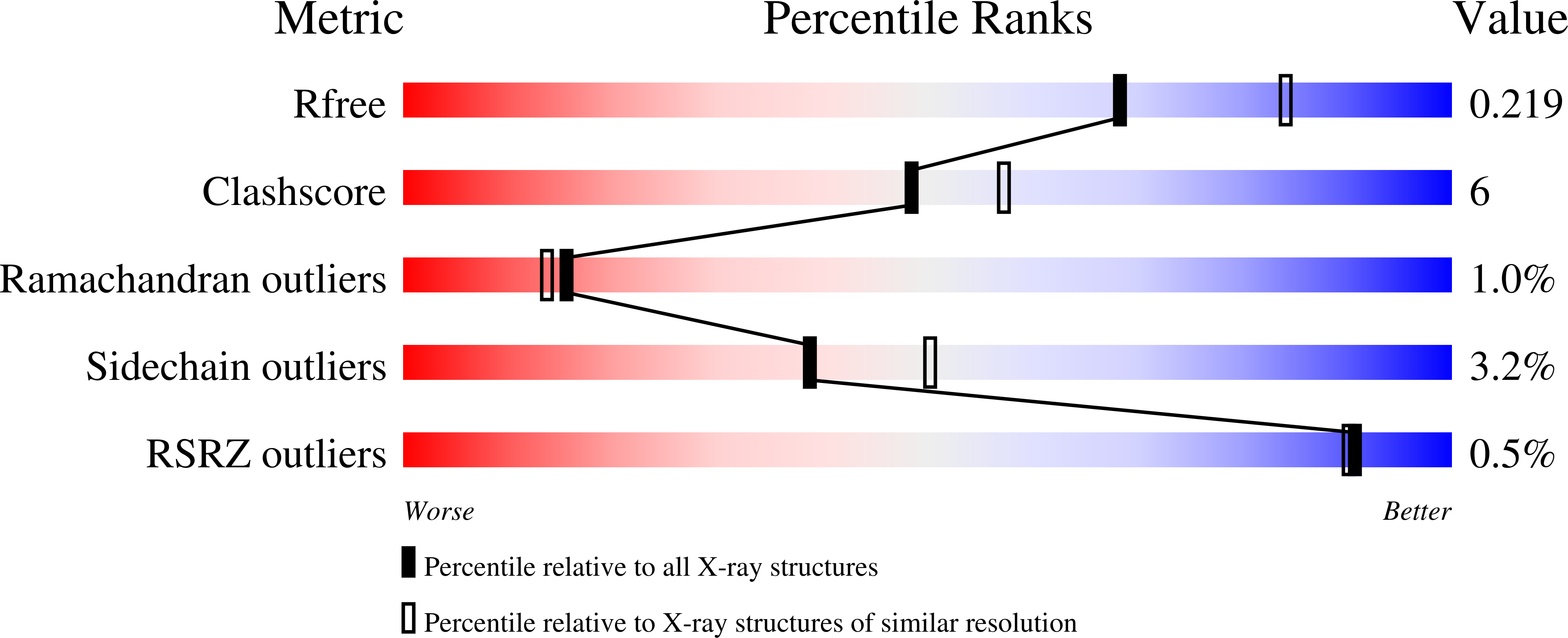
Deposition Date
2008-12-22
Release Date
2009-02-10
Last Version Date
2024-10-30
Entry Detail
PDB ID:
3FMS
Keywords:
Title:
Crystal structure of TM0439, a GntR transcriptional regulator
Biological Source:
Source Organism:
Thermotoga maritima MSB8 (Taxon ID: 243274)
Host Organism:
Method Details:
Experimental Method:
Resolution:
2.20 Å
R-Value Free:
0.22
R-Value Work:
0.15
R-Value Observed:
0.16
Space Group:
C 1 2 1


